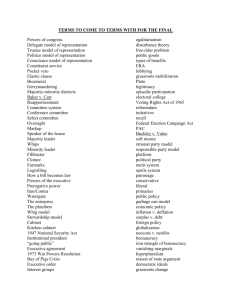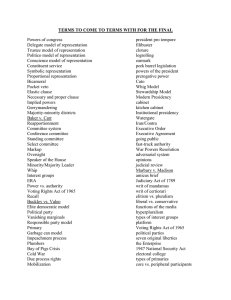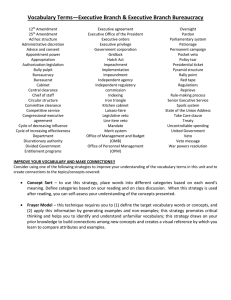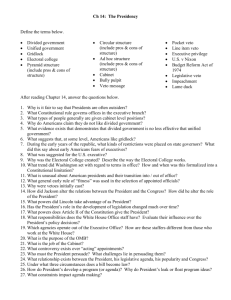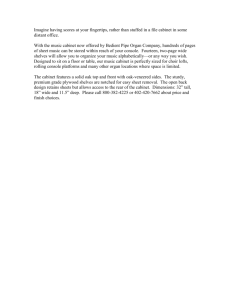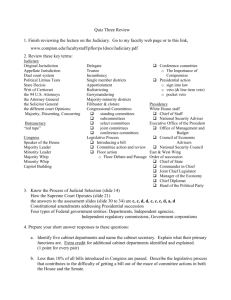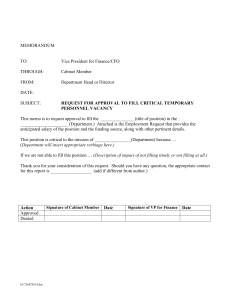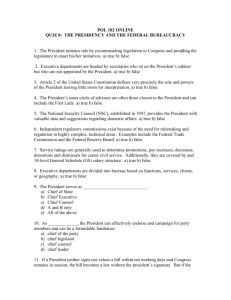TERMS TO COME TO TERMS FOR THE FINAL Delegate model of
advertisement
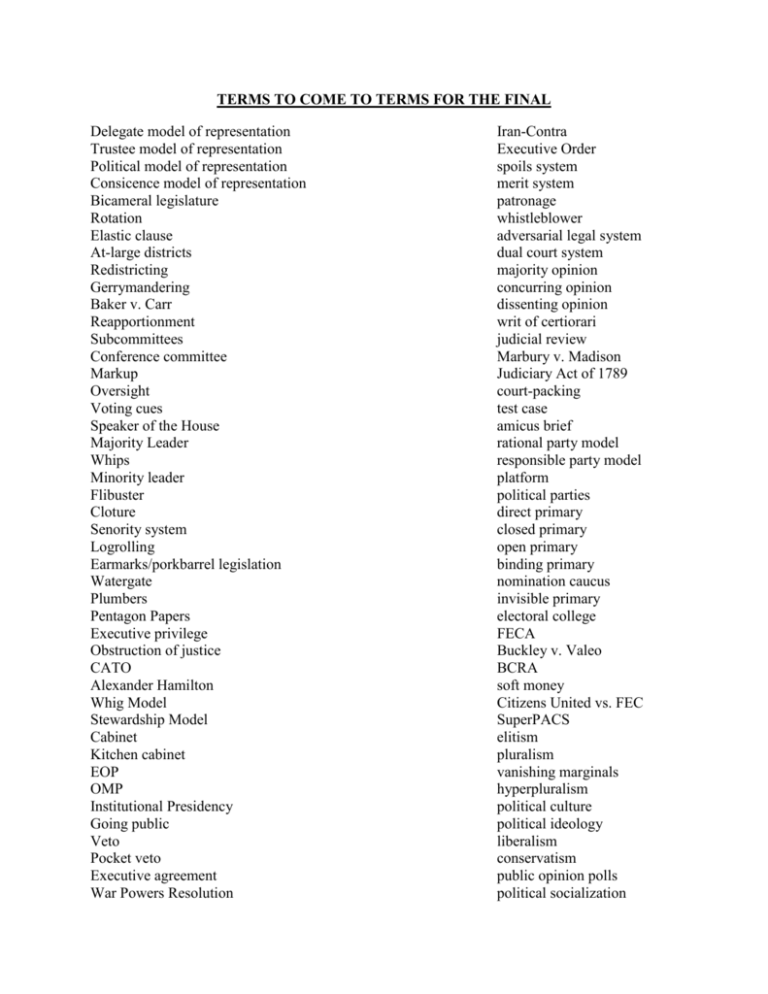
TERMS TO COME TO TERMS FOR THE FINAL Delegate model of representation Trustee model of representation Political model of representation Consicence model of representation Bicameral legislature Rotation Elastic clause At-large districts Redistricting Gerrymandering Baker v. Carr Reapportionment Subcommittees Conference committee Markup Oversight Voting cues Speaker of the House Majority Leader Whips Minority leader Flibuster Cloture Senority system Logrolling Earmarks/porkbarrel legislation Watergate Plumbers Pentagon Papers Executive privilege Obstruction of justice CATO Alexander Hamilton Whig Model Stewardship Model Cabinet Kitchen cabinet EOP OMP Institutional Presidency Going public Veto Pocket veto Executive agreement War Powers Resolution Iran-Contra Executive Order spoils system merit system patronage whistleblower adversarial legal system dual court system majority opinion concurring opinion dissenting opinion writ of certiorari judicial review Marbury v. Madison Judiciary Act of 1789 court-packing test case amicus brief rational party model responsible party model platform political parties direct primary closed primary open primary binding primary nomination caucus invisible primary electoral college FECA Buckley v. Valeo BCRA soft money Citizens United vs. FEC SuperPACS elitism pluralism vanishing marginals hyperpluralism political culture political ideology liberalism conservatism public opinion polls political socialization STUDY QUESTIONS FOR THE FINAL 1. 2. 3. 4. 5. 6. Describe the models of representation. Explain the constitutional powers of congress. Describe the committee system. What is the role of political parties in legislating successfully? Explain step by step how a bill becomes a law. What is a bicameral system? Describe the main differences between the House and the Senate? 7. What is the difference between apportionment and gerrymandering? 8. Describe the Texas redistricting battle. 9. What did the case Baker v. Carr entail and what precedence did it set? 10. Describe the organization of congress. 11. What is the difference between a filibuster and cloture? 12. What is the seniority system in congress? 13. What is an earmark? Give two examples from the current congress. 14. What is the difference between a veto and a pocket veto? 15. Describe the basics of Watergate. 16. Describe the basics of Iran/Contra. 17. What is the difference between the plumbers and the enterprise? 18. Why is the 1947 National Security Act a turning point in balance of power between the Executive and the other two branches? 19. Describe the constitutional powers of the president. 20. Why did “Cato” oppose ratification of the constitution? 21. Describe the presidential models of leadership. 22. What is the difference between the cabinet and the kitchen cabinet? Which president is responsible for the creation of the kitchen cabinet? 23. Describe the modern role of the Vice President in the executive branch. 24. What are the duties, responsibilities, and functions of the modern president? 25. Explain the difference between an executive order and an executive agreement. 26. Explain the War Powers Resolution of 1973. 27. Describe three of the key character traits of a successful president. 28. What is bureaucracy? 29. What is the difference between the spoils system and the merit system? Which president started the spoils system? 30. What constitutional foundations allow citizens to petition their government? 31. Why are interest groups important to the democratic process? 32. Explain the concept of egalitarianism. 33. Describe the main functions of interest groups. 34. Describe three types of interest groups. 35. Describe two types of lobbying. 36. Describe the tactics of grassroots lobbying organizations. 37. What are the theoretical strengths and weaknesses of elections? 38. Explain step by step how the Electoral College works. 39. Why is Plato considered the first lobbyist? 40. Describe the difference between power and authority. What makes a system legitimate? 41. What is the difference between the 14th, 15th, and 19th Amendments? 42. What was the Voting Rights Act of 1965? 43. Explain the difference between a referendum, an initiative, and a recall. 44. Explain the Federal Election Campaign Act. 45. What did the case Buckley vs. Valeo entail and what precedence did it set? 46. What is the difference between hard money and soft money? 47. How has the Internet influenced elections? 48. How are political parties different than other political organizations, and what functions do they serve in a democracy? 49. What does party identification imply and what bearing does this have on vote choice? 50. What role do third parties play in the political system? 51. What is the difference between hyperpluralism and vanishing marginals? 52. Describe the two models of political parties. 53. Describe three functions of political parties. 54. What is a split ticket or swing vote? 55. Describe one main difference between liberal and conservative. 56. What is the difference between a closed primary, an open primary and an invisible primary? 57. Describe three main types of public policies. 58. Are all parts of the policy process equally open to political influence? 59. What are some of the numerous factors that shape foreign policy development in the U.S.? 60. Describe two the steps of policy making.
